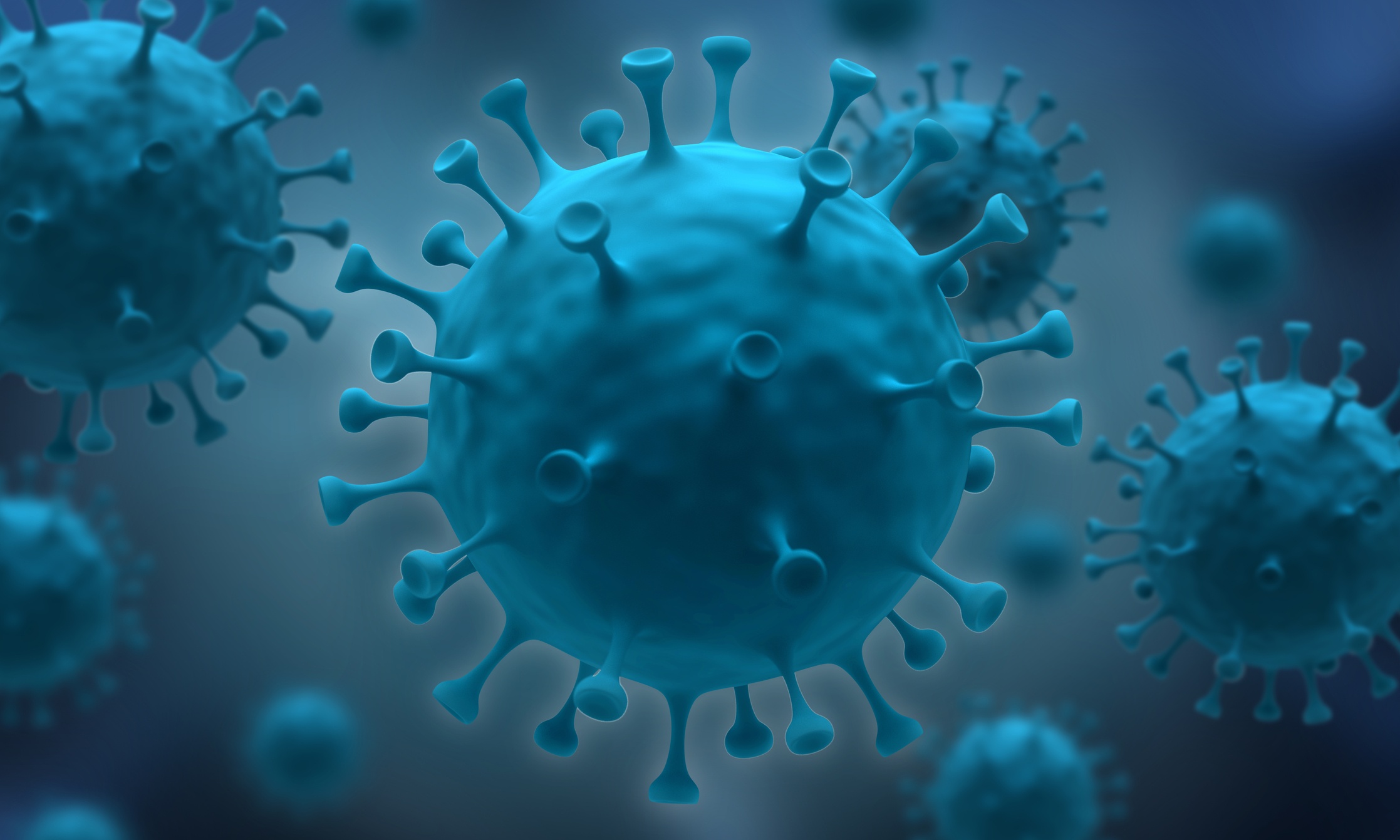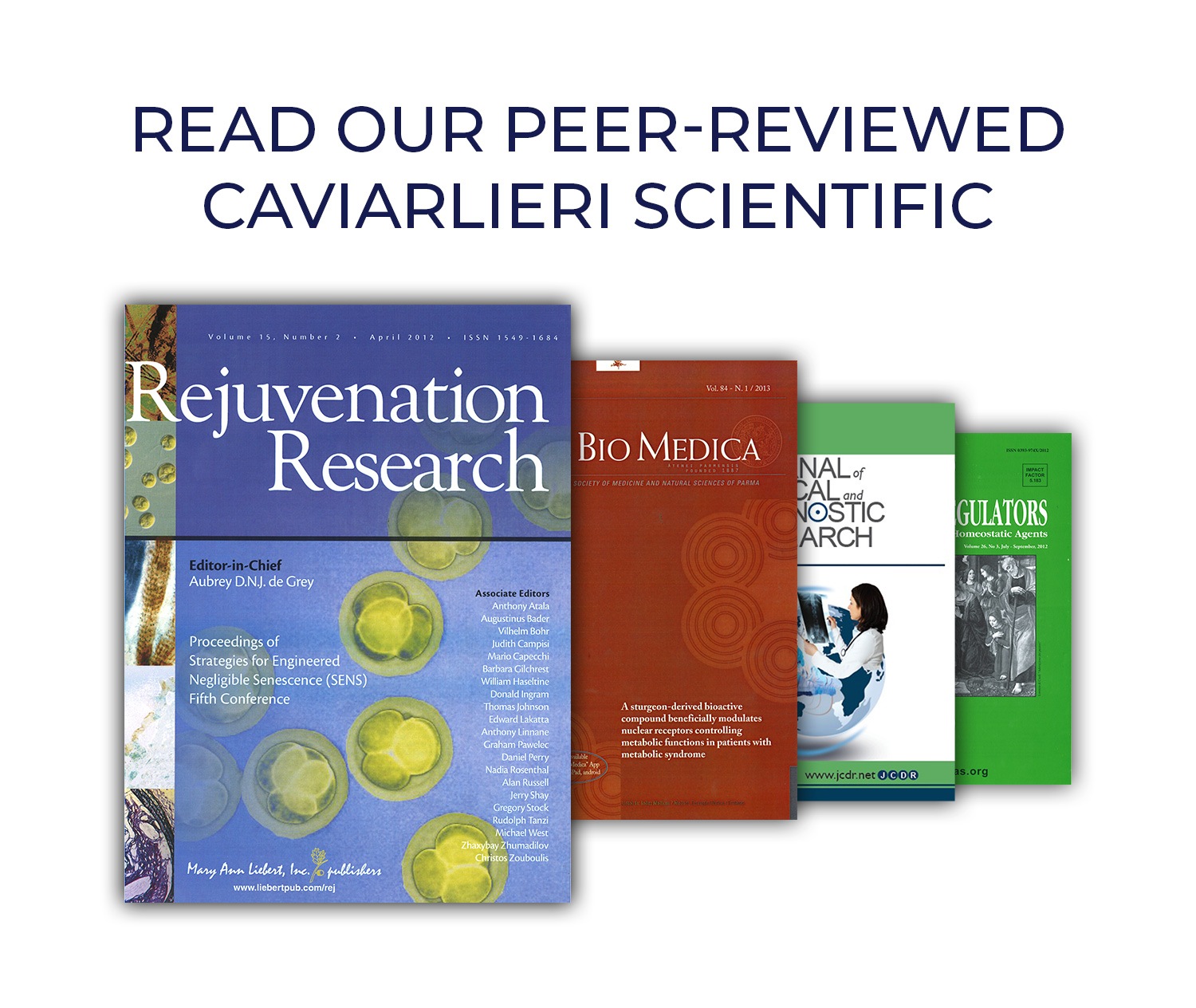COVID-19 and Inflammation
Caviarlieri | Published May 26, 2020
Unlike the typical “influenza” virus which has predictable symptoms, the COVID-19 virus is very unpredictable and is perceived by experts as a “master of disguise”. It has many faces in terms of how it presents or manifests itself clinically, making it not easily detectable.
Patients who are brought into the hospital with the usual symptoms of a heart attack have later been found to be suffering from cardiac inflammation caused by the virus. It can also begin as a kidney infection or even meningitis before it shows serious respiratory problems associated with the virus
Why this virus manifest itself in so many ways while all the various strands of influenza present the same symptoms is not clear .
A renowned virologist at the University of Oxford, William James has suggested that COVID-19 may potentially be defined as a 2-phase activity, whereby it starts in the upper respiratory tract and then migrates deep into the lung and the critical factor is that the virus is able to travel around the body, potentially causing serious inflammation. Controlling the inflammatory response is important as targeting the virus.
According to a study entitled “Trials of anti-tumour necrosis factor therapy for COVID-19 are urgently needed”, published in The Lancet Journal, it was discovered that the TNF (tumour necrosis factor) is present in the blood and disease tissues of patients with COVID-19 .
It was also observed in another study published in the “ Nature Reviews Immunology” , patients with severe COVID-19, requiring intensive care in hospitals, exhibited higher blood plasma levels of IL-2, IL-7, IL-10, granulocyte colony-stimulating factor (G-CSF), IP-10, MCP1, macrophage inflammatory protein 1α (MIP1α) and tumour necrosis factor (TNF). IL-6 levels in these patients continued to increase over time and are relatively more elevated in non-survivors than survivors.
Tumour necrosis factor alpha or TNFα is a cytokine. Cytokines are substances released by the body during inflammation. Inflammation is a normal process generated by the body to fight against harmful bacteria and viruses. Normally, this inflammation is controlled and regulated by the body and is effective in fighting harmful bacteria and virus.
Even though TNF (tumour necrosis factor) is important at the acute phase in the coordination and development of the inflammatory response to infections, an overexpression or significant increase of TNF by the body can have very adverse impact.
TNFα is a particularly powerful cytokine because it causes the release of other cytokines from the body (such as IL1 and IL6) in the event of inflammation. However the overproduction of early response proinflammatory cytokines (tumour necrosis factor [TNF], IL-6, and IL-1β) due to a dysfunction immune response can also result in what has been described as a cytokine storm, leading to an increased risk of vascular hyperpermeability, multiorgan failure, and eventually death when the high cytokine concentrations are stopped or controlled over time.
Anti-TNF Therapies for Inflammation – COVID-19? Are they Effective?
TNF inhibitors are drugs that help stop inflammation. They are used to treat diseases like rheumatoid arthritis (RA), juvenile arthritis, psoriatic arthritis, plaque psoriasis, ankylosing spondylitis, ulcerative colitis (UC), and Crohn’s disease. They’re also called TNF blockers, biologic therapies, or anti-TNF drugs.
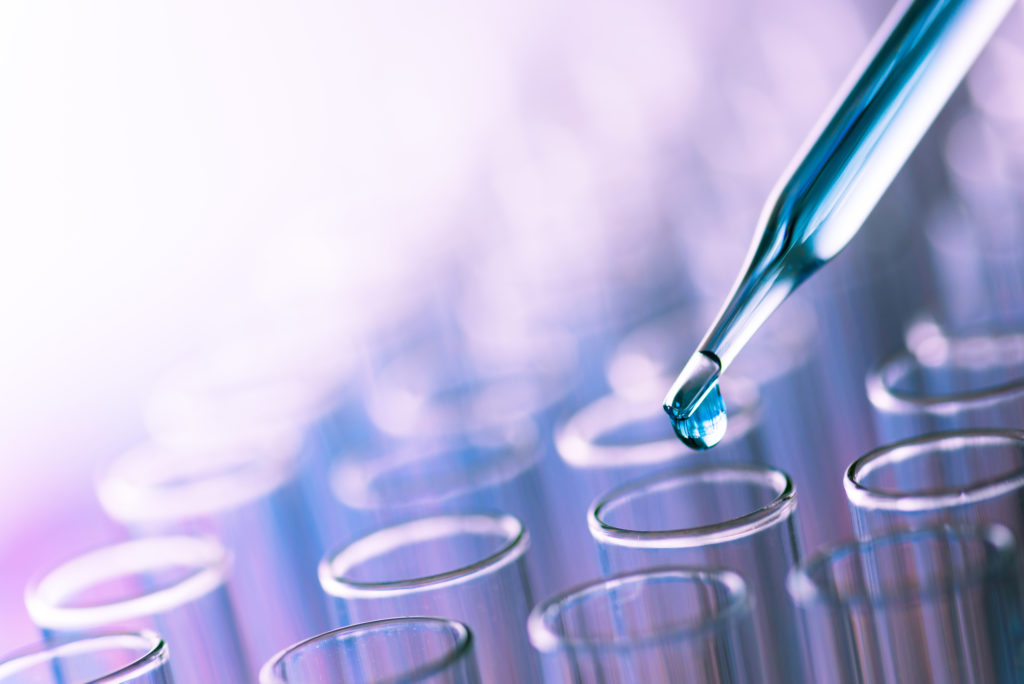
Although there are many potential drug candidates which are aspiring to control inflammation in COVID-19, only very few drugs such as the anti-TNF antibodies infliximab or adalimumab claim to be potentially effective.
Because of the key role that the immune system plays in host defense, there is concern that therapy with TNF inhibitors (TNFi) might predispose patients to adverse effects related to impaired immunity, including an increased incidence of infections and/or cancer.
Clinical studies have also shown that anti-TNFα therapeutics have many deleterious side effects, such as malignancy, neurologic disorders, heart failure and, more importantly, multiple infections. Some studies also indicate that patients receiving anti-TNFα treatment are at a higher risk for meningitis, sepsis, histoplasmosis, and pneumonia.
Caviarlieri – Swiss Caviar Cellular Therapy Food Supplement
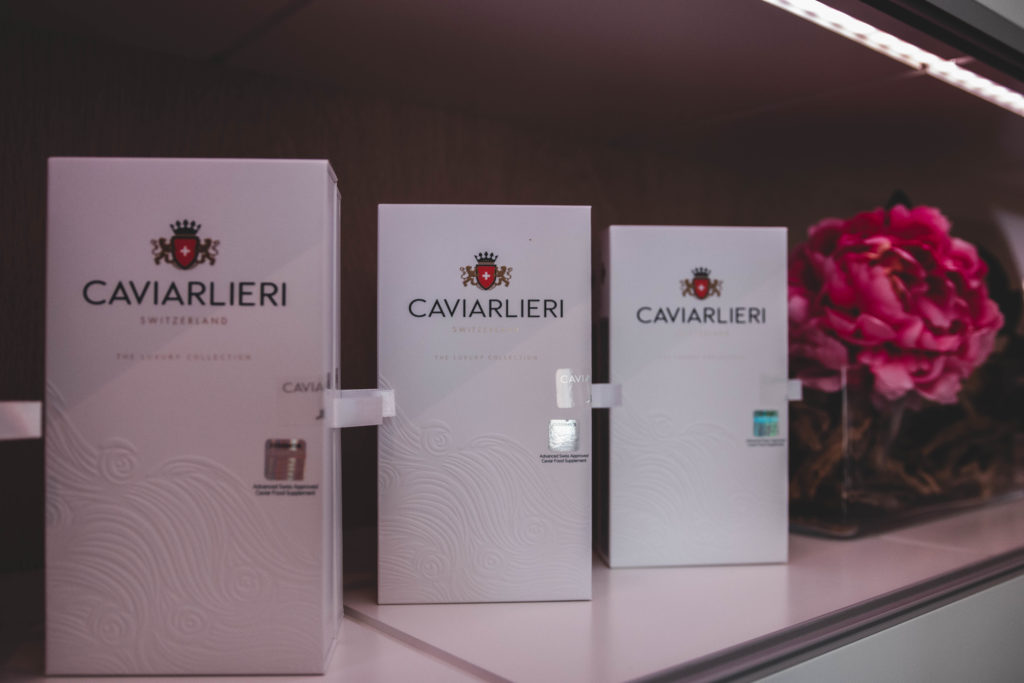
Caviarlieri is a Swiss Caviar Food Supplement formulated with the finest Caviar Cellular Extracts and marine peptides and highly polymerized collagen which have strong anti-inflammatory properties.
Caviarlieri is scientifically proven to help reduce the Tumour Necrosis Factor Alpha which is an important inflammatory biomarker for metabolic syndrome conditions. In addition, Caviarlieri can also reduce the C-reactive protein (CRP), a blood test marker for inflammation in the body. CRP is classified as an acute phase reactant, which means that its levels will rise in response to inflammation.
There are also several current and ongoing studies which indicate that Caviarlieri triggers the epigenetic mechanisms of the cells to activate gene expression for inflammation reduction which will help alleviate the onset of any of the risks associated with the diseases as a consequence of metabolic syndrome.
Note: Metabolic syndrome is a cluster of conditions such as high blood pressure, high blood sugar, unhealthy cholesterol levels, excess abdominal fat that increases your risk of heart disease, stroke and type 2 diabetes.
A. Strong Anti-Inflammatory Properties of Caviarlieri
1. Published in Peer Reviewed Journal – Acta Bio Medical / Official Journal of the Society of Medicine and Natural Sciences of Parma Vol 84-53-60/2013
A sturgeon-derived bioactive compound beneficially modulates nuclear receptors controlling metabolic functions in patients with metabolic syndrome.
A. Lorenzetti, R. Catanzaro, G. Bertuccelli, N. Zerbinati, . Jain, U. Solimene, S.K. Yaduvanshi, N. Srivastava, E.Minelli, H. Yadav, C. Tomella, F.Marotta
The aim of the study was to test the possible effects of a novel sturgeon-derived compound Caviar DNA Extract (LD-1227) on inflammatory markers related to metabolic nuclear receptors in patients with metabolic syndrome. The study population consisted of 76 patients with metabolic syndrome and 30 healthy subjects who were maintained to their current treatments and randomly supplemented with A) Caviar DNA Extract (LD-1227) (n=38) or B) placebo (n=38) as compared to C) healthy controls (n=30). Caviar DNA Extract (LD-1227) or placebo (water-soluble starch) were given daily at breakfast and dinner for three months.
At the end of the study period, as compared to B group, Caviar DNA Extract LD-1227-treated patients showed a significant improvement of all parameters (hs-CRP, IL-6, TNF-alpha) tested, irrespective of the presence of diabetes. Although the metabolic syndrome remains a multifaceted condition requiring a complex approach, Caviarlieri (LD-1227) could be a potential safe therapeutic tool to be integrated into a wider treatment and preventive medicine schedule strategy.
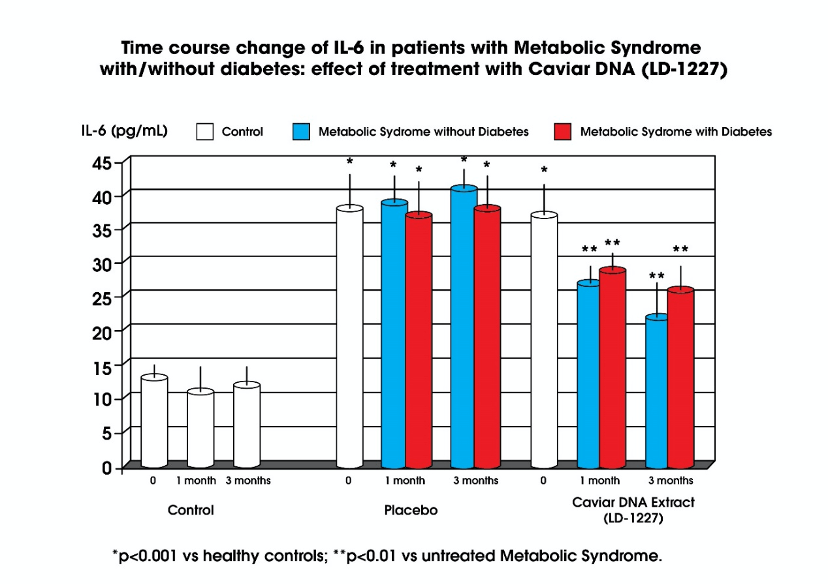
Figure 1a. Time course change of IL-6 In patients with Metabolic Syndrome with/without diabetes: effect of treatment with Caviar DNA Extract (LD-1227). Throughout the whole study, the level of IL-6 was significantly higher in Metabolic Syndrome patients as compared to healthy controls and it was not affected by the presence of diabetes (p<0.05, fig 1). After intervention with Caviar DNA Extract (LD-122), IL-6 level decreased significantly in all Metabolic Syndrome patients (p<0.05 vs baseline and vs placebo group).
Note: Interleukin-6 is a cytokine not only involved in inflammation and infection responses but also in the regulation of metabolic, regenerative, and neural processes.

After intervention with Caviar DNA Extract (LD-1227), TNF-α level (inflammation) decreased significantly in all Metabolic Syndrome patients (p<0.05 vs baseline and vs placebo group).
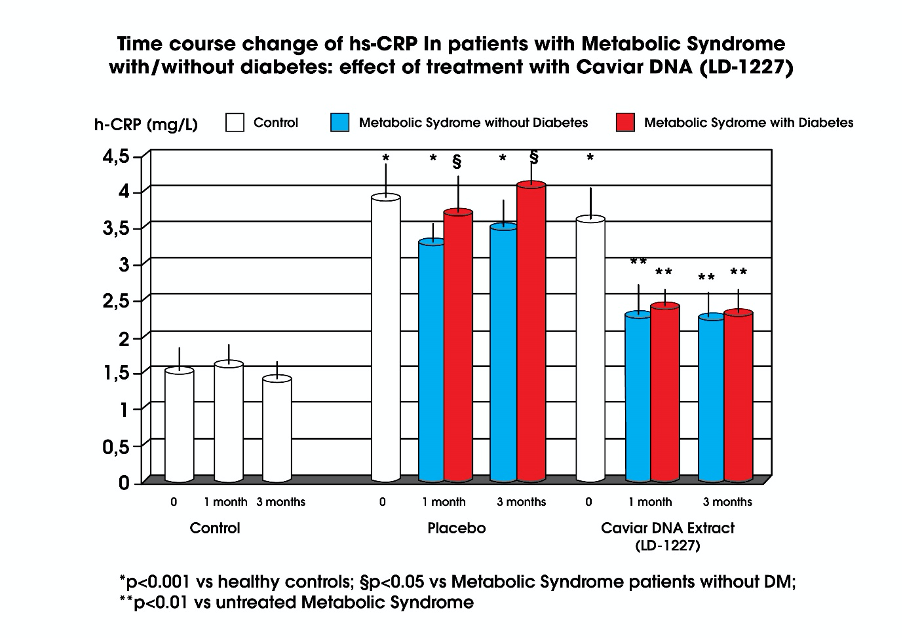
The level of hs-CRP in patients with Metabolic Syndrome was significantly higher than in healthy controls (p<0.05, fig 2) and particularly in those with overt diabetes (p<0.05 vs MS patients without diabetes). After intervention with Caviar DNA Extract (LD-1227), hs-CRP significantly decreased (p<0.05 vs placebo).
Note: C-reactive protein (CRP) is a blood test marker for inflammation in the body. CRP is produced in the liver and its level is measured by testing the blood. CRP is classified as an acute phase reactant, which means that its levels will rise in response to inflammation.
A high-sensitivity C-reactive protein (hs-CRP) test, which is more sensitive than a standard test, also can be used to evaluate your risk of developing coronary artery disease, a condition in which the arteries of your heart are narrowed. Coronary artery disease can lead to a heart attack.
Conclusion
The intervention with Caviar DNA Extract (LD-1227) has shown in human chondrocytes that this sturgeon-derived compound could effectively inhibit IL-1β-induced proliferation and inflammatory reactions via inhibited activation of the transcription factor NF-κB pathway. Caviarlieri contains collagen elastin, protein and a rich array of other smaller unsaturated fatty acids, and structural phospholipids which may exert a synergistic action on multiple mechanisms of the inflammatory cascade.
2. Published in Peer Reviewed Journal – Acta Bio Medical / Official Journal of the Society of Medicine and Natural Sciences of Parma Vol 84-N1/2013
Testing a novel bioactive marine nutraceutical (Caviarlieri) on Osteoarthritis patients.

Biochemistry Analysis – Blood tests
Patients in the two groups were tested for inflammatory markers like Tumour Necrosis Factor Alpha, C Reactive Protein, Interleukin 6 etc, cytokines during the 18 weeks study period after taking the Caviar DNA extract (LD-1227) versus those taking Glucosamine Chondroitin(GC)
The above data demonstrates that patients administered with Caviar DNA extract (LD-1227) have demonstrated significantly Lower Inflammation over time as compared to GC. This implies that Caviarlieri can not only help to reduce joint pain over time but more importantly also reduce chronic inflammation.
B. Potent Antioxidant Properties of Caviarlieri
Caviarlieri scientific studies have proven that it has powerful antioxidant properties which can potentially prevent damage to immune cells by neutralizing free radicals. Free radicals are substances in the environment that can damage cells and reduce immunity. Supplementing with Caviarlieri can also help increase the activation of cells involved in immunity. One of the active ingredients of Caviarlieri is Selenium. This potent antioxidant keeps your immunity in check by identifying and warding off potentially harmful threats, like viruses, parasites and bacteria. It is also known to help regulate your immune responses and protect against infectious microorganisms.

Why is Caviarlieri a Safe and Potent Option?
Caviarlieri is not a drug but an oral food supplement approved by the Swiss Public Health Authority. Unlike drugs or medications, there are no side effects for long term use. Caviarlieri is on the Cologne List®. The Cologne List® publishes products which have been tested for selected doping substances by one of the globally-leading laboratories in nutritional supplement analytics.
Manufactured using the Swiss Cold Process Extraction Technology, Cellularix, Caviarlieri comes in a soft gel form which encapsulates the Caviar bioactive nutrients and marine peptides for optimal absorption. It is important to remember that not everything we consume can be absorbed.
By providing essential nutrition at the cellular level, Caviarlieri triggers protein synthesis and stimulates our own body system to heal, repair and renew our cells at an accelerated rate against damaged cells. Unlike drugs, it will take a 3-6 months regime for the cellular healing and repair to generate maximum benefits and results.
Caviarlieri is also backed by Science as it has several studies published in peer-reviewed journals and the benefit claims are therefore evidence based, like significant increase in energy levels, mood elevation, reduction in joint pain, enhancement of sleep quality, improving brain health, strong inflammatory properties and many others. It is important to remember that healing begins at the cellular level.
